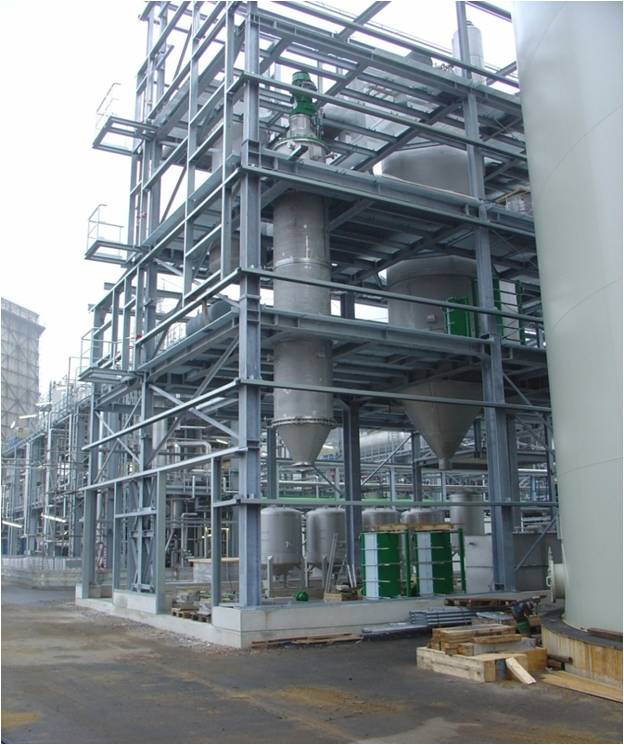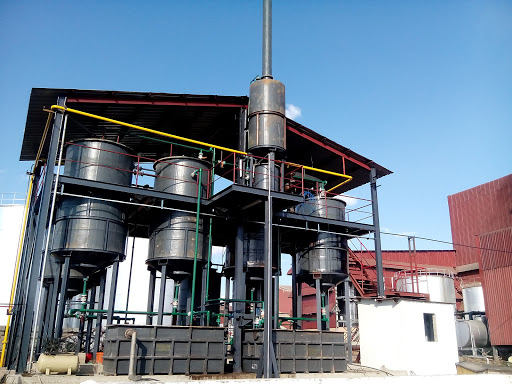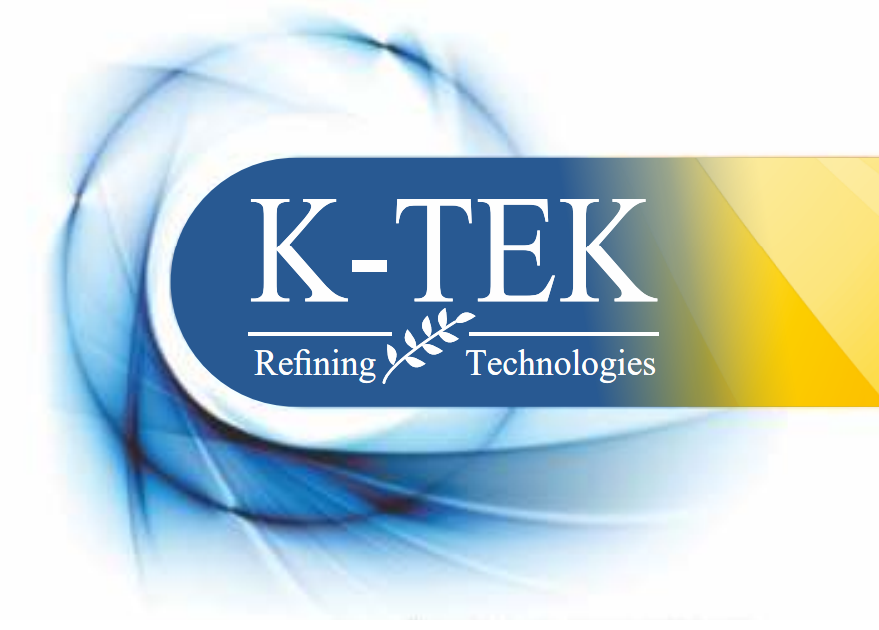Value Added Products
Lecithin
Lecithin, as used by food manFlexacturers, is a mixture of phospholipids in oil. The lecithin can be obtained by water degumming the extracted oil of seeds. It is a mixture of various phospho-lipids, and the composition depends on the origin of the lecithin. A major source of lecithin is Soybean and Rice bran oil. The main phospholipids in lecithin are phosphatidylcholine, phosphatidylinositol, phosphatidylethanolamine, phosphatidylserine, and phosphatidic acid. They often are abbreviated to PC, PI, PE, PS and PA, respectively. Purified phospholipids are produced by companies commercially.
Scrapped Surface heat exchanger complete with high-precision bearing and bearing blocks with automatic cooling system ensuring steady operation and reduced bearing temperature rise.
- Incorporating reliable sealing device that is specially designed for fast rotating components working under high vacuum conditions..
- Mirror-polished stainless steel inner wall featuring ideal material movability.
- Complete with rotor scraper device with accurate control of scraper- wall clearance.
- Distribution disk forcing material to flow evenly through barrel wall and eliminating foam.
- Centrifugal foam collectors that effectively collects liquid contained in the rising air and leads the collected liquid back to the distribution disk.

- Corrosion due to the use of sulphuric acid: for this reason the vessels are made of plastic material.
- Effluent water with very low pH and high C.O.D. levels.

